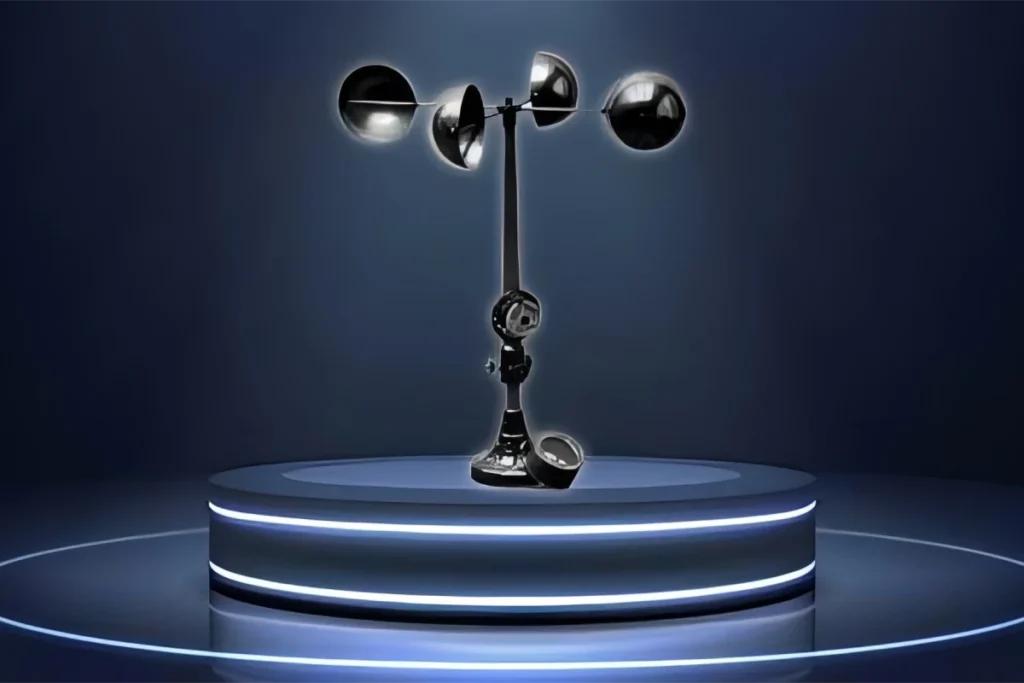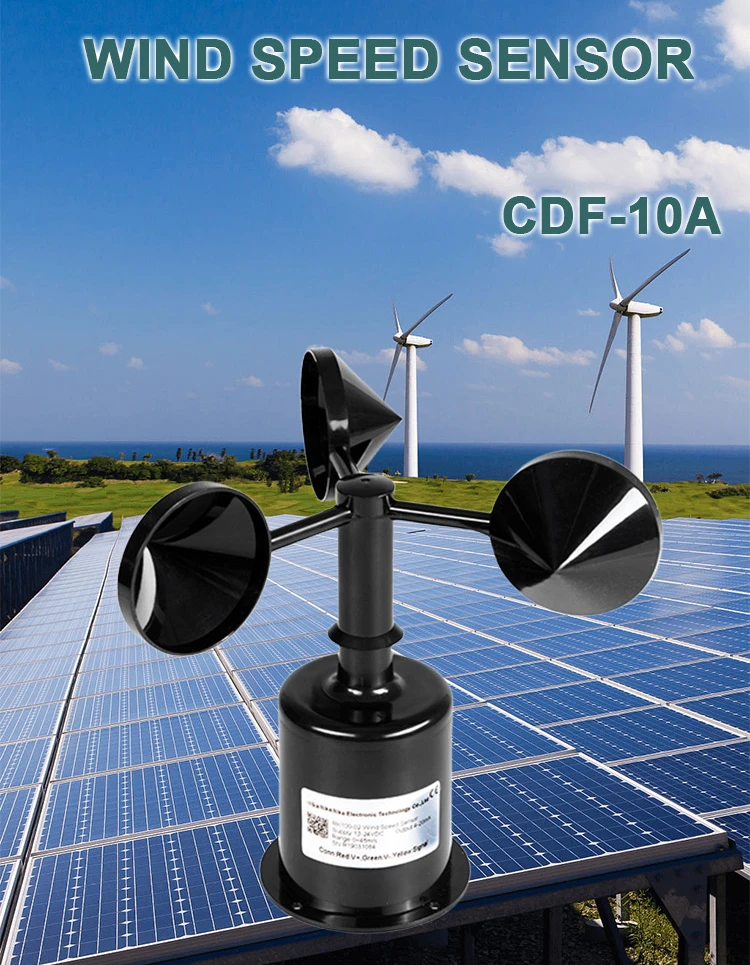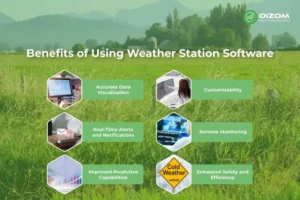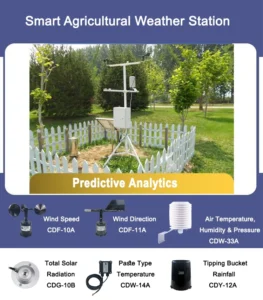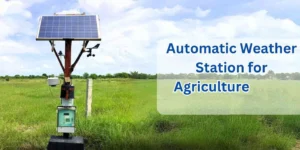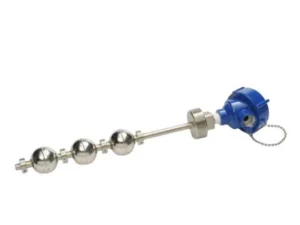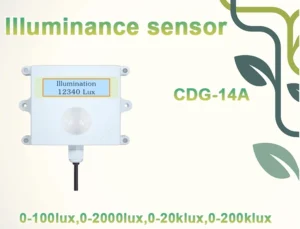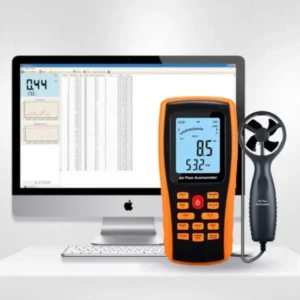Advantages and Disadvantages of Cup Anemometers
A cup anemometer is a tool that measures wind speed. It has cups on a rotating shaft. Here are some pros and cons of using a cup anemometer:
Advantages of Cup Anemometers
Simplicity:
The design and building of a 3-cup anemometer are simple. This makes them easy to make and care for.
Cost-effective:
Their simple design often makes cup anemometers cheaper than other types of anemometers.
Durability:
Cup anemometers are strong and can handle tough weather. They work well in high winds and freezing temperatures.
Easy Calibration:
You can easily calibrate these anemometers to get accurate wind speed readings.
Versatile Applications:
People use them in many areas, such as weather science, wind energy, and environmental monitoring.
Disadvantages of Cup Anemometers:
1. Sensitivity to Direction:
A cup anemometer cannot measure wind direction. To find out which way the wind is blowing, you need a wind vane.
2. Precision:
Anemometers are reliable, but they may not be as precise as more advanced types, like hot-wire anemometers.
3. Airflow Disturbance:
The anemometer’s cup can sometimes block airflow. This can cause the recorded wind speed to be a bit higher than the real speed nearby.
4.Exclusively for Outdoor Use:
Manufacturers mainly make cup anemometers for outdoor use. Nearby objects and changing air patterns can affect their performance indoors.
5. Impact of Friction:
Friction between the moving parts of a cup anemometer can lead to measurement errors. This is especially true at low wind speeds. Low speeds can affect the accuracy of the readings.
6. Calibration needs:
Cup anemometers may need regular checks to stay accurate, which could increase maintenance costs.
In summary, people often use cup anemometers because they are reliable tools for measuring wind speed. They have some limitations, but they are still a popular choice. They are easy to use, affordable, and give consistent wind speed readings in various conditions.
